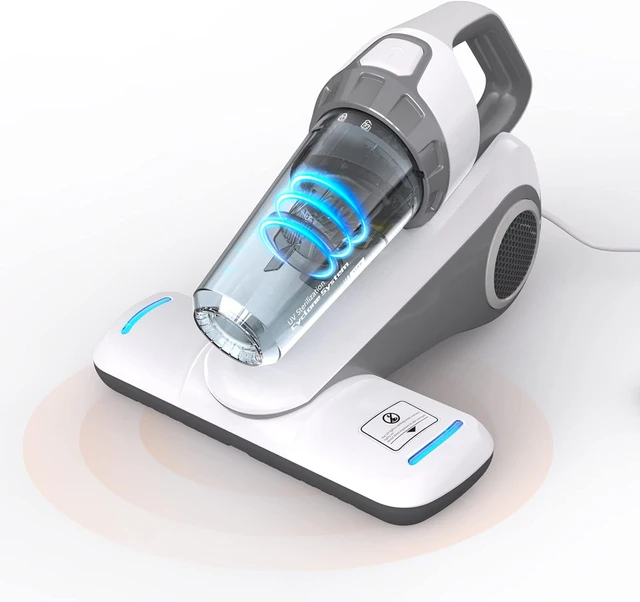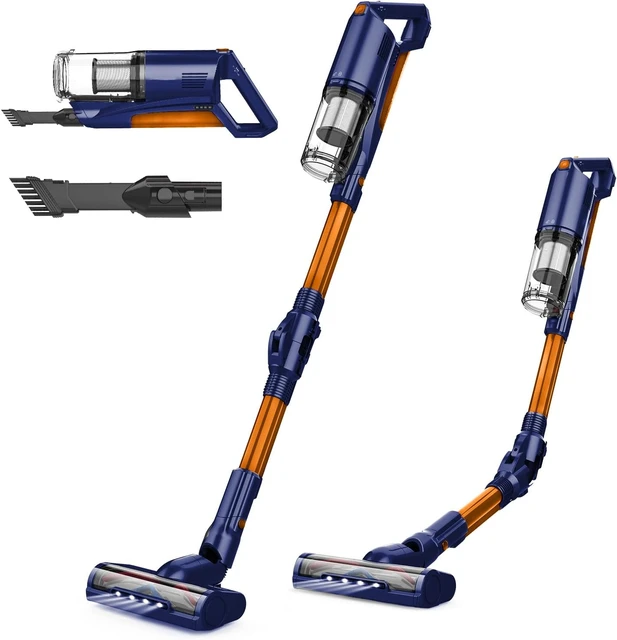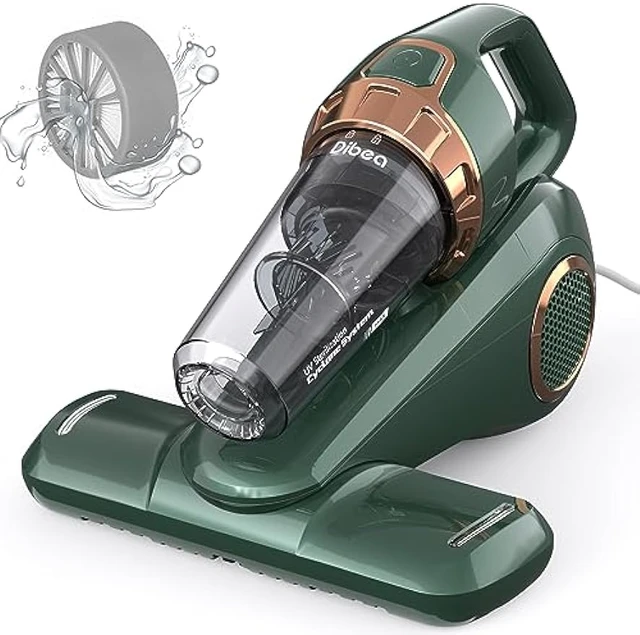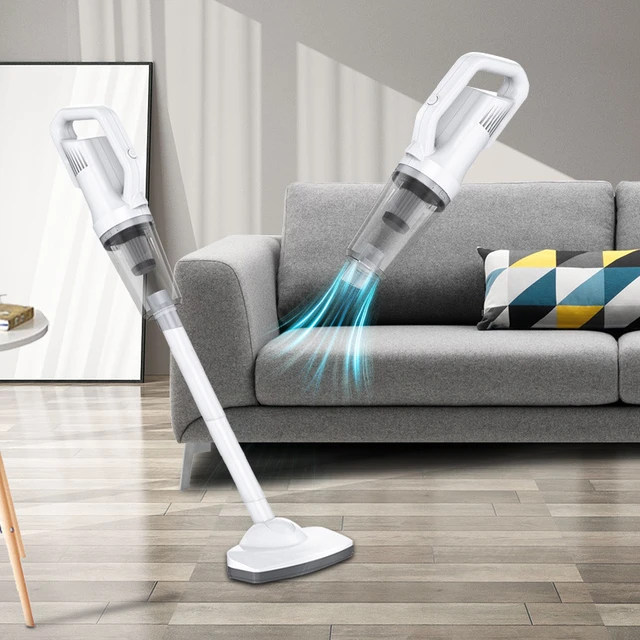Introduction:
Dyson vacuum cleaners are known for their quality, durability, and innovative design. While they are generally reliable, like any appliance, they may require repairs over time. The repairability of a Dyson vacuum depends on the specific issue, the model, and the availability of replacement parts. In this article, we will explore the repairability of Dyson vacuums, including common problems that can be fixed, the availability of spare parts, DIY repair options, and professional repair services. By understanding the repair options for Dyson vacuums, users can make informed decisions about extending the lifespan of their appliances.

Can a Dyson be repaired?
Common Repairable Issues:
Dyson vacuums can experience various issues that are often repairable. Here are some common problems that can be fixed:
a. Clogs: Blockages in hoses, brushes, or filters can hinder suction and performance. Clearing these clogs can restore the vacuum’s functionality.
b. Power Issues: If a Dyson vacuum is not turning on or has intermittent power, it may be due to a faulty power switch, cord, or motor. These components can often be replaced.
c. Brush Bar Problems: If the brush bar is not rotating, it may be due to a tangled brush or a broken belt. Cleaning or replacing these parts can fix the issue.
d. Loss of Suction: A loss of suction can be caused by a clogged filter, a worn-out seal, or a broken hose. Identifying and addressing the specific cause can often restore proper suction.

Availability of Replacement Parts:
The availability of replacement parts is crucial for repairing Dyson vacuums. Dyson provides original spare parts for most of its vacuum models. Here are some options for obtaining replacement parts:
a. Dyson’s Website: Dyson’s official website offers a wide range of spare parts, including filters, hoses, brush bars, and motors. Users can search for their specific vacuum model and locate the appropriate replacement parts.
b. Authorized Retailers: Authorized retailers, both online and physical stores, often carry Dyson replacement parts. These retailers ensure the authenticity of the parts and can provide guidance on selecting the right components for your vacuum.
c. Third-Party Suppliers: Several third-party suppliers offer aftermarket replacement parts for Dyson vacuums. While these parts may be more affordable, it is important to research the reputation and reliability of the supplier before making a purchase.
DIY Repair Options:
Many Dyson vacuum repairs can be done by the users themselves. Here are some DIY repair options to consider:
a. Online Resources: Dyson provides user manuals and guides on their website. These resources offer step-by-step instructions for troubleshooting and repairing common issues. Online forums and tutorials can also provide valuable insights and tips for DIY repairs.
b. Cleaning and Maintenance: Regular cleaning and maintenance can prevent many common issues. Users should regularly clean filters, remove debris from brushes and hoses, and ensure proper maintenance of the vacuum.
c. Replacement Guides: Dyson provides detailed replacement guides for various components. These guides explain how to safely remove and replace parts, ensuring correct installation and functionality.

Professional Repair Services:
If DIY repairs are not feasible or if the issue requires specialized knowledge, professional repair services are available. Here are some options for professional Dyson vacuum repairs:
a. Dyson Service Centers: Dyson has authorized service centers where trained technicians can diagnose and repair Dyson vacuums. These centers have access to original parts and have expertise in Dyson products.
b. Local Vacuum Repair Shops: Local vacuum repair shops often have experience repairing various vacuum brands, including Dyson. While they may not have access to original parts, they can often offer solutions and alternative replacements for common issues.
c. Warranty Services: If a Dyson vacuum is still under warranty, it is advisable to contact Dyson’s customer service for repair options. Depending on the warranty terms, Dyson may repair or replace the vacuum free of charge or at a reduced cost.
Assessing the Cost of Repair:
When deciding whether to repair a Dyson vacuum, it is important to consider the cost-effectiveness of the repair. Factors to consider include:
a. Age of the Vacuum: If the vacuum is relatively new and still under warranty, repairing it is often a viable option. However, if the vacuum is older and has a history of issues, it may be more cost-effective to consider a replacement.
b. Cost of Replacement Parts: The cost of replacement parts should be compared to the overall value and age of the vacuum. If the cost of parts is high and approaches or exceeds the cost of a new vacuum, repair may not be the most economical choice.
c. Professional Repair Costs: Assess the cost of professional repair services, including labor charges and any additional fees. Compare this cost to the potential benefits of a repaired vacuum.

Warranty Coverage:
It is important to consider the warranty coverage of your Dyson vacuum before deciding on repairs. Dyson offers warranties for their vacuum cleaners, which may cover certain repairs or replacements within the specified timeframe. If your vacuum is still under warranty, contacting Dyson’s customer service is advisable. They can provide guidance on repair options and whether the warranty covers the specific issue you are experiencing.
Overall Value and Investment:
When deciding whether to repair a Dyson vacuum, it is important to consider the overall value and investment in the appliance. Dyson vacuums are known for their quality and performance, and repairing a high-quality vacuum may be a cost-effective choice compared to purchasing a new, lower-quality vacuum. If your Dyson vacuum has served you well and is still relatively new, investing in repairs can extend its lifespan and maintain its performance.
Environmental Considerations:
Repairing rather than replacing a Dyson vacuum is also environmentally responsible. By choosing repairs, you contribute to reducing electronic waste and the consumption of valuable resources. Repairing and maintaining your Dyson vacuum aligns with sustainability efforts and helps minimize environmental impact.
Personal Attachment and Familiarity:
Many users develop a personal attachment to their Dyson vacuum and appreciate its unique features and performance. Repairing a beloved appliance allows you to continue using a device that you are familiar with and that meets your cleaning needs. If you have developed a preference for your Dyson vacuum, repairing it can provide a sense of satisfaction and continuity.
Alternative Uses for Broken Dyson Vacuums:
If the repair cost exceeds the value of the vacuum or if the vacuum is irreparable, there are alternative uses for broken Dyson vacuums. While they may not function as intended, creative individuals can repurpose the parts or components for various DIY projects. These projects may include creating homemade air purifiers, designing unique art installations, or repurposing the motor for other DIY applications. Exploring alternative uses is a way to reduce waste and give a new life to your broken vacuum.

Conclusion:
Dyson vacuums are generally repairable, with many common issues fixable through DIY repairs or professional services. Availability of replacement parts from Dyson’s official website, authorized retailers, and third-party suppliers supports the repairability of these vacuums. Users can find support through online resources, user manuals, guides, and forums. Professional repair services, both through Dyson service centers and local vacuum repair shops, offer expertise and solutions for complex repairs. Assessing the cost of repair in relation to the overall value and age of the vacuum is essential in making an informed decision. By understanding the repair options available for Dyson vacuums, users can extend the lifespan of their appliances and optimize their cleaning performance.

